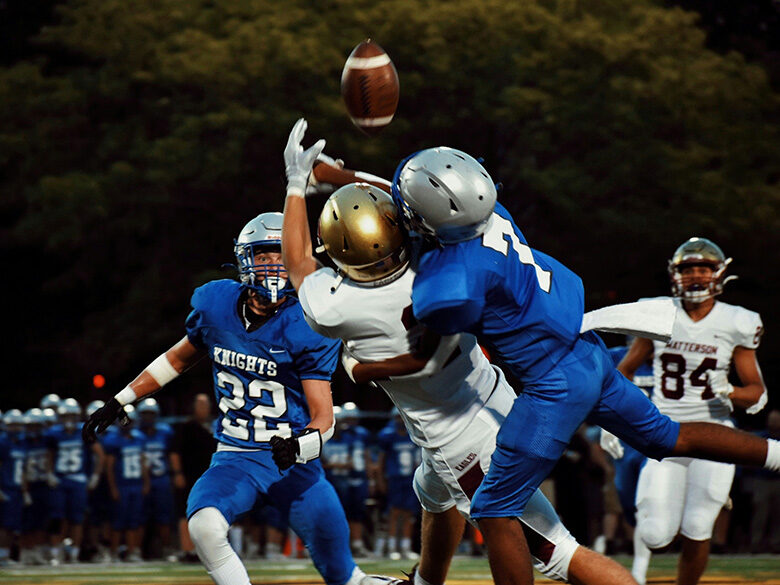8 Facts About Theodore Roosevelt: Touchdown!
The Frenchman - SUN, FEB 16 | 1PM ET

7. Touchdown!
Whether you’re tailgating at your NFL team’s hometown game, cheering in the stands for your local college players, or chowing down at home with friends watching the big game in February, you can give silent thanks to Theodore Roosevelt for all the gritty action going down on the gridiron.
In 1905, a year before T.R. would win the Nobel Peace Prize for his part in ending the war between Japan and Russia, he also helped settle a dispute between “warring” factions at home—college football coaches. A fan himself and with a son who was a freshman playing for Harvard at the time, T.R. had a personal investment in the game, which back then was particularly brutal—and deadly.
The sport was played with little protective gear, and it wasn’t uncommon for players to use their bare heads to ram through opposing players coming full-force at them. From 1900 to October 1905, at least 45 players died, and in 1905 alone, more than 150 players were injured, with 18 deaths related to the game. In November 1905, the death of Harold Moore, who was kicked in the head while trying to tackle an opponent, caused an outcry to ban the sport, and several big-name colleges and universities suspended their programs. Heated opinions were not in short supply.
In December 1905, T.R. called together league officials, and coaches from Harvard, Yale, Princeton, and other top schools, to propose reforming the rules to make the game safer, but the coaches were at a stalemate with two long-standing rivals butting heads—the Harvard coach, pro-reform vs. the Yale coach, anti-reform. When it came down to modifying the rules or losing the sport altogether, cooler heads prevailed and eventually the rules of the game changed. Helmets would not be mandatory until 1939.
 |
 |



